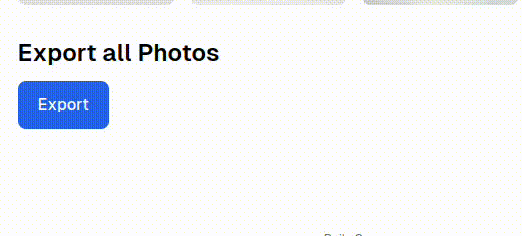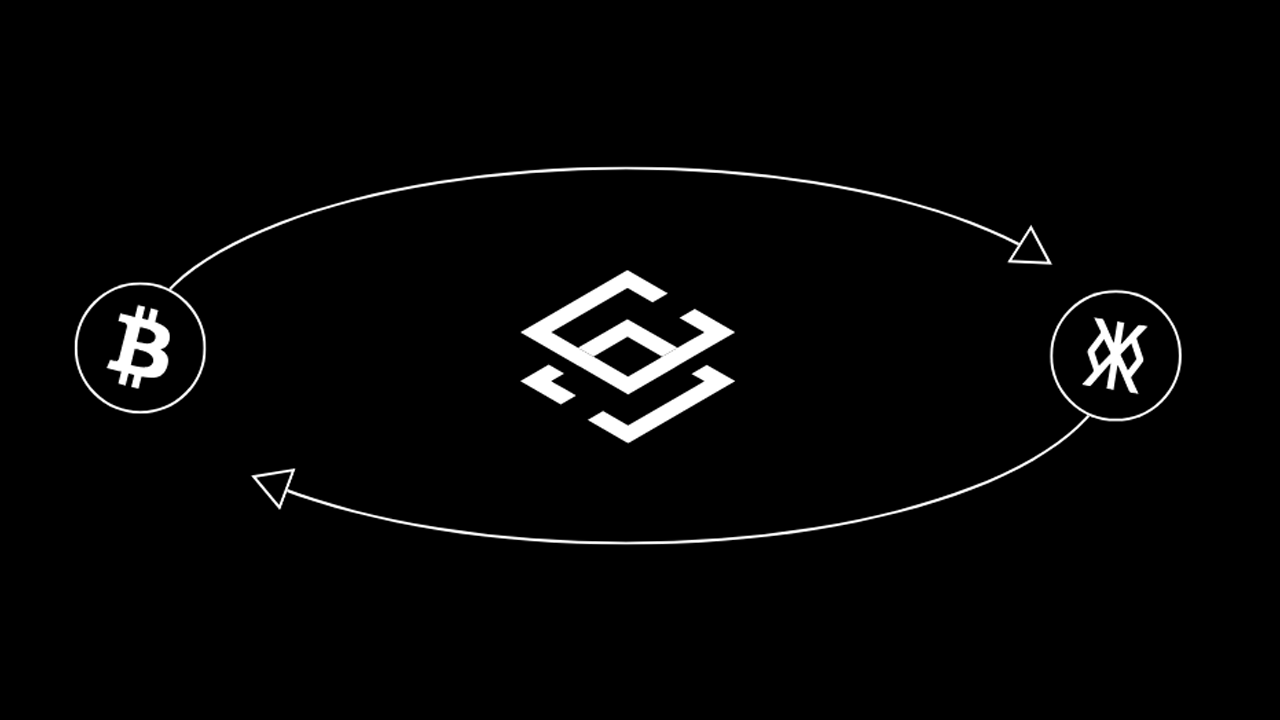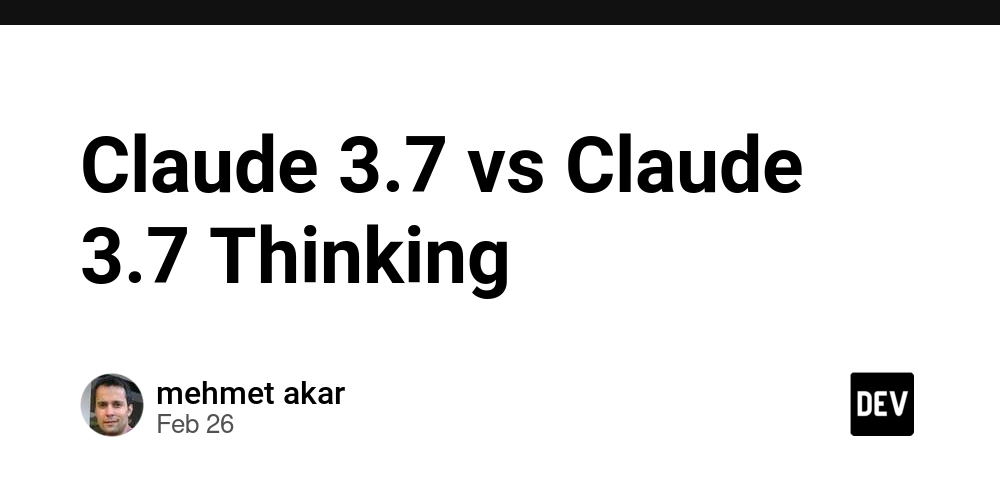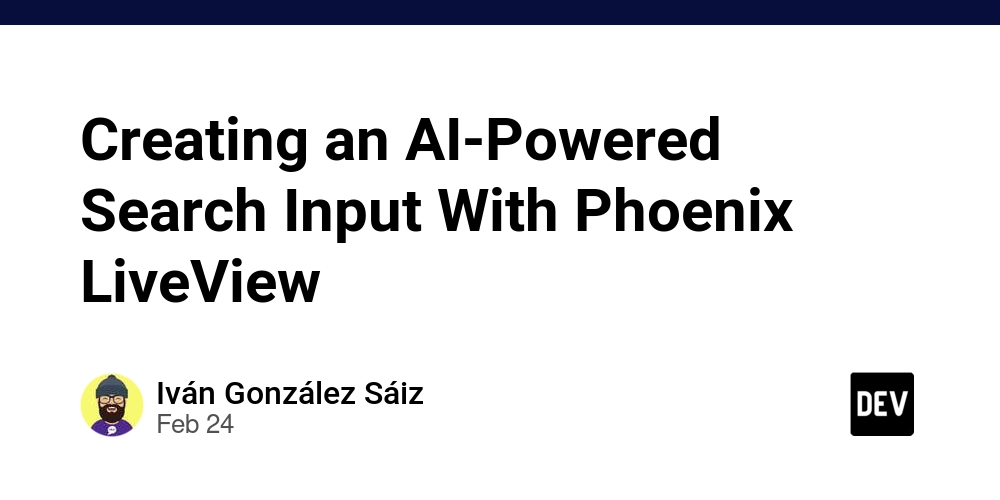Export large file in Rails with Active Job
Introduction In web development, sometimes you'll have to do long-running tasks. If doing these kinds of tasks in a normal Rails controller, you'll have some problems with request timeout, memory spikes, or bad UX. Therefore, these tasks should be moved into a background job for processing outside the life cycle of a single HTTP request. However, when work is moved to a background job, the code runs outside of a single request-response life cycle, and you need a way to report progress and send information once the job is completed. The solution is to use a Web Socket, a bidirectional communication method, to broadcast information from our background job. It is so good that Rails supports tools for us to work with both Background Job and Web Socket. Pick your tools Active Job vs Solid Queue - for working with background jobs Action Cable and Solid Cable - for working with web socket. I suppose those who read this post are familiar with the Rails ecosystem and some tools such as Active Job and Action Cable, so won't introduce more. Solid Queue and Solid Cable were released in 2024 and came with Rails 8, they are the database-backed for Active Job and Action Cable In the next part, I will use these tools to work with the practical example. Example: Export large CSV file Firstly, we need to write the export csv file logic, instead of writing this logic directly into the controller, we create the job ExportPhotosJob and write this logic into this class. Then, call the job inside the controller. require "csv" class ExportPhotosJob { this.statusTarget.classList.remove("hidden"); this.statusTarget.textContent = "Exporting ..."; this.subscribe_channel() }) .catch((error) => { console.error('Error:', error); }); } subscribe_channel() { this.channel = createConsumer().subscriptions.create("ExportCsvChannel", { connected() { console.log("hello") }, disconnected() { }, received(data) { if (data["jid"] != null) { window.location.href = `/photos/exports/download.csv?id=${data["jid"]}` } } }); } } When the exporting progress is finished, the client will receive the job ID, and we will open the downloadable link for the user. Progress bar Now our demo works well, users can receive the link to download the CSV file they want. But for better UX, we should display a progress bar for the user to know the progress of the export file. Instead of broadcasting once when the export job is finished, we broadcast periodically class ExportPhotosJob

Introduction
In web development, sometimes you'll have to do long-running tasks. If doing these kinds of tasks in a normal Rails controller, you'll have some problems with request timeout, memory spikes, or bad UX. Therefore, these tasks should be moved into a background job for processing outside the life cycle of a single HTTP request.
However, when work is moved to a background job, the code runs outside of a single request-response life cycle, and you need a way to report progress and send information once the job is completed. The solution is to use a Web Socket, a bidirectional communication method, to broadcast information from our background job.
It is so good that Rails supports tools for us to work with both Background Job and Web Socket.
Pick your tools
- Active Job vs Solid Queue - for working with background jobs
- Action Cable and Solid Cable - for working with web socket.
I suppose those who read this post are familiar with the Rails ecosystem and some tools such as Active Job and Action Cable, so won't introduce more. Solid Queue and Solid Cable were released in 2024 and came with Rails 8, they are the database-backed for Active Job and Action Cable
In the next part, I will use these tools to work with the practical example.
Example: Export large CSV file
Firstly, we need to write the export csv file logic, instead of writing this logic directly into the controller, we create the job ExportPhotosJob and write this logic into this class. Then, call the job inside the controller.
require "csv"
class ExportPhotosJob < ApplicationJob
queue_as :default
def perform(*args)
photos = Photo.all
filename = Rails.root.join("tmp", "all_photos.csv")
CSV.open(filename, 'w') do |csv|
csv << Photo::CSV_ATTRIBUTES
photos.each_with_index do |photo, idx|
csv << Photo::CSV_ATTRIBUTES.map{ |field| photo.send(field) }
sleep 0.2 # for demonstrating taking long time
end
end
end
end
Our controller will now be like this:
class Photos::ExportsController < ApplicationController
def index
ExportPhotosJob.perform_later
head :accepted
end
def download
job_id = params[:id]
# ...
end
end
However, there was a problem: the job is executed in the background so it doesn’t inform the main server when it is completed. So we executed the job, got the exported file, and cannot give the file back to the server to return it to our client? The solution is using Action Cable to broadcast for the client when the job is completed.
Broadcasting with Action Cable
In order to return the CSV file to the client, we will create a channel using Action Cable and broadcast the file back when it’s ready.
class ExportCsvChannel < ApplicationCable::Channel
def subscribed
stream_from "export_csv"
end
def unsubscribed
# Any cleanup needed when channel is unsubscribed
end
end
Then we will add the code to broadcast our file in the job so it will return the CSV when the job is performed.
class ExportPhotosJob < ApplicationJob
queue_as :default
def perform(*args)
CSV.open(filename, 'w') do |csv|
# code
end
ActionCable.server.broadcast "export_user", self.jid
end
end
On the client side, it needs to subscribe to the export_csv channel and receive the message from Background Job broadcasting. Let’s add the Stimulus controller for that purpose:
import { Controller } from "@hotwired/stimulus"
import { createConsumer } from "@rails/actioncable"
export default class extends Controller {
static targets = ["status"];
export() {
fetch('/photos/exports')
.then(() => {
this.statusTarget.classList.remove("hidden");
this.statusTarget.textContent = "Exporting ...";
this.subscribe_channel()
})
.catch((error) => {
console.error('Error:', error);
});
}
subscribe_channel() {
this.channel = createConsumer().subscriptions.create("ExportCsvChannel", {
connected() {
console.log("hello")
},
disconnected() {
},
received(data) {
if (data["jid"] != null) {
window.location.href = `/photos/exports/download.csv?id=${data["jid"]}`
}
}
});
}
}
When the exporting progress is finished, the client will receive the job ID, and we will open the downloadable link for the user.
Progress bar
Now our demo works well, users can receive the link to download the CSV file they want. But for better UX, we should display a progress bar for the user to know the progress of the export file.
Instead of broadcasting once when the export job is finished, we broadcast periodically
class ExportPhotosJob < ApplicationJob
queue_as :default
def perform(*args)
# ...
CSV.open(filename, "w") do |csv|
csv << Photo::CSV_ATTRIBUTES
photos.each_with_index do |photo, idx|
csv << Photo::CSV_ATTRIBUTES.map { |field| photo.send(field) }
sleep 0.2
if idx % 5 == 0
percentage = (idx.to_f / photos.size * 100).round
ActionCable.server.broadcast "export_csv", { progress: percentage }
end
end
end
ActionCable.server.broadcast "export_csv", { jid: self.job_id }
end
end
And edit the Stimulus code that is responsible for receiving data from Action Cable like that:
export default class extends Controller {
export() {}
subscribe_channel(progressTarget, progressWrapperTarget) {
# ...
received(data) {
if (data["jid"] == null) {
progressTarget.style.width = `${data["progress"]}%`;
} else {
window.location.href = `/photos/exports/download.csv?id=${data["jid"]}`
progressWrapperTarget.classList.add("hidden");
}
}
});
}
}
You can find the full source code for this guide on this repo







































































































































































![[The AI Show Episode 143]: ChatGPT Revenue Surge, New AGI Timelines, Amazon’s AI Agent, Claude for Education, Model Context Protocol & LLMs Pass the Turing Test](https://www.marketingaiinstitute.com/hubfs/ep%20143%20cover.png)
































































































































![From drop-out to software architect with Jason Lengstorf [Podcast #167]](https://cdn.hashnode.com/res/hashnode/image/upload/v1743796461357/f3d19cd7-e6f5-4d7c-8bfc-eb974bc8da68.png?#)









































































































.jpg?#)
































_ArtemisDiana_Alamy.jpg?#)


 (1).webp?#)





































































-xl.jpg)














![Yes, the Gemini icon is now bigger and brighter on Android [U]](https://i0.wp.com/9to5google.com/wp-content/uploads/sites/4/2025/02/Gemini-on-Galaxy-S25.jpg?resize=1200%2C628&quality=82&strip=all&ssl=1)










![Apple Rushes Five Planes of iPhones to US Ahead of New Tariffs [Report]](https://www.iclarified.com/images/news/96967/96967/96967-640.jpg)
![Apple Vision Pro 2 Allegedly in Production Ahead of 2025 Launch [Rumor]](https://www.iclarified.com/images/news/96965/96965/96965-640.jpg)



































































































































